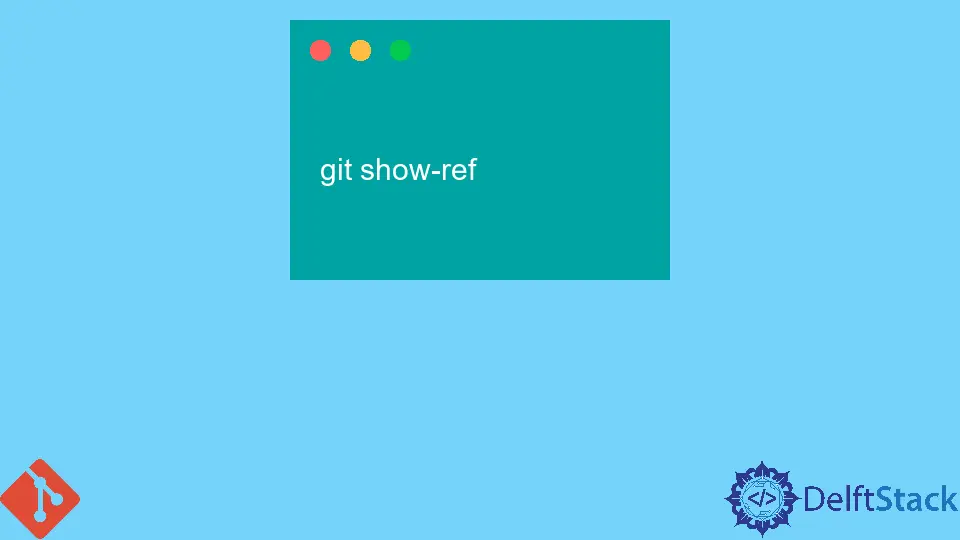How to Get Current Commit in Git

Retrieving the hash value for the current commit in Git is essential for developers who want to track changes, collaborate with others, or simply understand the state of their repository. Whether you’re debugging issues or preparing for a release, knowing how to fetch the current commit hash can streamline your workflow.
In this tutorial, we’ll explore several methods to achieve this using Git commands. You’ll learn how to easily access the commit hash through various Git commands, ensuring you have the right tools at your disposal for effective version control. Let’s dive right in!
Method 1: Using git rev-parse
One of the simplest ways to get the current commit hash is by using the git rev-parse command. This command is designed to convert references into their corresponding SHA-1 hash values.
To retrieve the current commit hash, simply run the following command in your terminal:
git rev-parse HEAD
Output:
8f3d5e8f1c0b6e7c8d2a0f1e2d3b4c5d6e7f8a9b
This command effectively points to the latest commit in your current branch. The HEAD reference indicates the latest commit you’ve made in your working directory. It’s a straightforward and efficient method, especially useful when you’re working in a complex project with multiple branches.
By using git rev-parse HEAD, you can quickly grab the commit hash and use it for various purposes, such as tagging or referencing specific changes in your project history. This command is also very handy when integrating with other tools or scripts that require the current commit hash.
Method 2: Using git log
Another effective way to retrieve the current commit hash is through the git log command. This command provides a detailed history of your commits, but it can also be tailored to return just the information you need.
To get the latest commit hash, you can use the following command:
git log -1 --format="%H"
Output:
8f3d5e8f1c0b6e7c8d2a0f1e2d3b4c5d6e7f8a9b
In this command, -1 specifies that you want to see only the most recent commit, while --format="%H" tells Git to output only the commit hash. This method is particularly useful if you want more context about the commit, such as the author or date, as you can easily modify the format string.
Using git log allows you to access a wealth of information about your commit history, making it a versatile tool. If you’re working on a project with many commits, this command can help you pinpoint the exact commit you’re interested in, while still providing flexibility in how you display that information.
Method 3: Using git show
The git show command is another valuable tool for retrieving the current commit hash. This command displays information about a specific commit, including its hash, author, date, and changes made.
To get the latest commit hash, you can run:
git show --format="%H" --no-patch
Output:
8f3d5e8f1c0b6e7c8d2a0f1e2d3b4c5d6e7f8a9b
In this command, --format="%H" specifies that you want the commit hash, and --no-patch prevents the command from showing the actual changes made in the commit. This is particularly useful when you only need the commit hash without the additional details.
Using git show can be beneficial when you want to quickly review the latest commit details without cluttering your terminal with unnecessary information. This method is especially handy when you’re working on collaborative projects where understanding the context of commits is crucial.
Conclusion
Retrieving the current commit hash in Git is a fundamental skill that can greatly enhance your development workflow. Whether you prefer using git rev-parse, git log, or git show, each method provides a straightforward way to access this important piece of information. By integrating these commands into your routine, you can streamline your version control process, making it easier to track changes and collaborate with others effectively. With these tools at your disposal, you’ll be well-equipped to manage your projects with confidence.
FAQ
-
How do I get the hash of a specific commit?
You can use the commandgit logto find the specific commit and its hash. -
Can I get the commit hash for previous commits?
Yes, you can usegit logto view the history and find hashes for previous commits. -
What is the difference between HEAD and other commit references?
HEAD refers to the latest commit in your current branch, while other references point to specific commits in the history. -
Is there a graphical tool to view commit hashes?
Yes, tools like GitKraken, SourceTree, and GitHub Desktop provide graphical interfaces that display commit hashes and history. -
Can I use commit hashes in other Git commands?
Absolutely! Commit hashes can be used with commands likegit checkout,git cherry-pick, andgit revertto reference specific commits.
Abdul is a software engineer with an architect background and a passion for full-stack web development with eight years of professional experience in analysis, design, development, implementation, performance tuning, and implementation of business applications.
LinkedIn